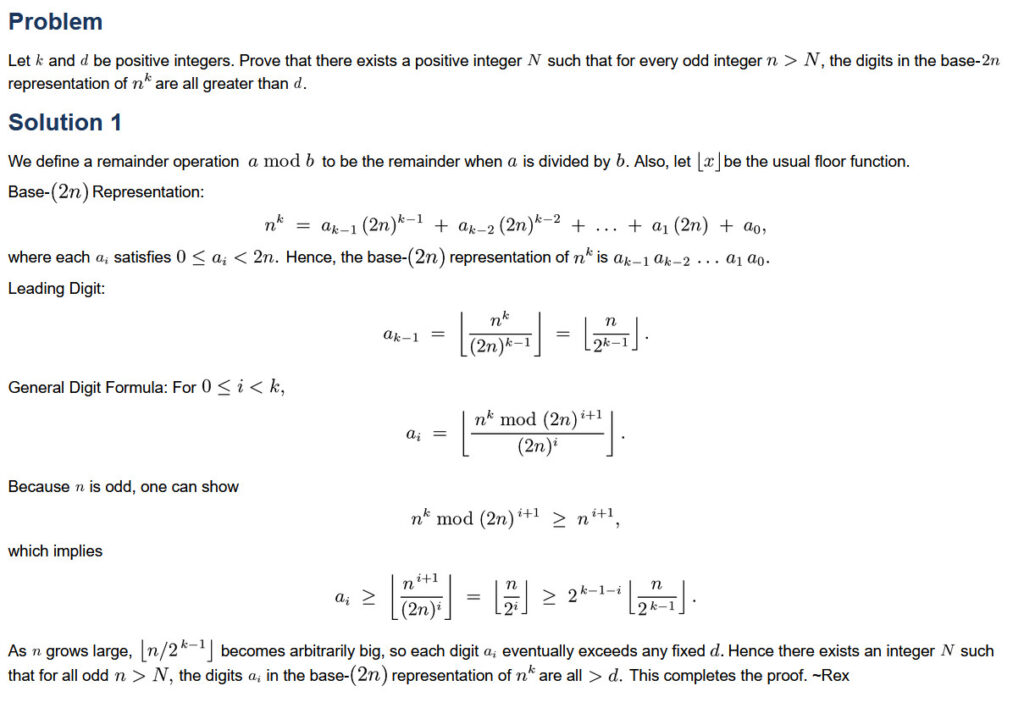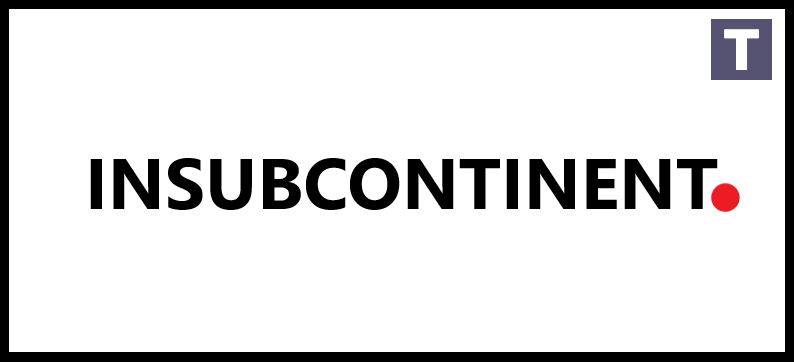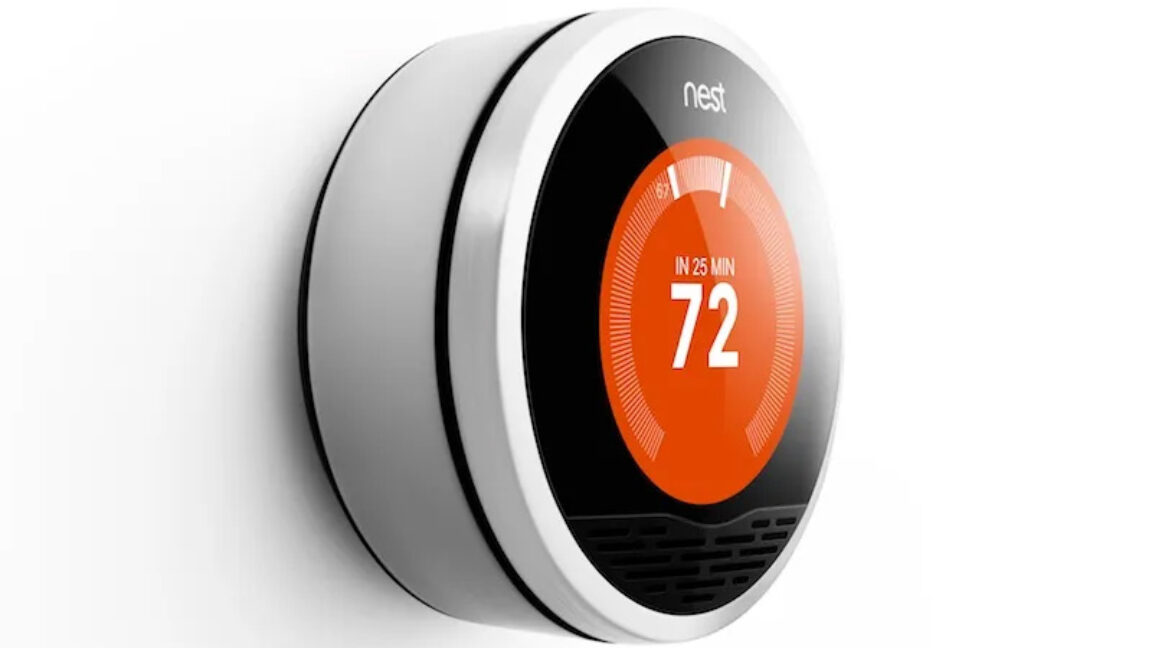
In support of the U.S.
Navy (NAVAIR PMA-263), SURVICE Engineering (SURVICE) awarded Near Earth Autonomy a $790,000 contract to deliver and support miniaturized autonomy systems under their prime contract for the U.S.
Marine Corps Tactical Resupply Unmanned Aircraft System (TRUAS) program.This award is part of a larger contract, valued at $4.6 million, supporting integration and demonstration efforts.
The funding aligns with the Marine Corps initiative to enhance autonomous resupply capabilities in contested and confined environments.The autonomous UAS, a Group 3 TRV-150 platform provided by prime contractor (SURVICE) and their partner Malloy Aeronautics, is designed to deliver critical supplies to small units in austere, limited-access areas.
It enables rapid resupply and routine distribution with unmatched speed and precision.Following its delivery this summer, NAVAIR will use the integrated UAS to refine CONOPS in contested logistics.Near Earths Firefly Miniaturized Autonomy System on the TRV-150Autonomy for Contested LogisticsTRUAS provides frontline units with essential supplies while reducing risk to personnel.
Traditional resupply methods are challenged by rough terrain and unpredictable conditions, requiring careful route planning and skilled handling.
The Firefly autonomy system overcomes these limitations, enabling mission planning without prior knowledge of obstacles along the route or assurance that the landing site is level and clear.Near Earths Firefly Miniaturized Autonomy SystemNear Earths lightweight Firefly system provides advanced environmental perception and intelligent flight capabilities, enabling TRUAS to autonomously: Detect hazards such as trees, buildings, rocks, vehicles, and ditches; Identify safe flight paths and landing zones, enabling mission planning without prior knowledge of obstacles; and Maintain high cargo capacity and range while increasing mission assurance.Illustration of UAS with Near Earths Firefly System Performing Delivery to a Confined AreaThe Firefly autonomy system is designed to give the U.S.
Marine Corps a critical edge in contested and complex environments, said Sanjiv Singh, CEO of Near Earth.
By enabling autonomous resupply without the need for pre-mapped routes or clear landing zones, were reducing risk to personnel and ensuring that essential supplies reach frontline units faster and more reliably than ever before.
This capability enhances operational agility and strengthens the Marines ability to sustain missions in the most challenging conditions.We continue to look for technologies that improve warfighters ability to operate in unpredictable, complex environments, and designed standardized modular and open interfaces to our platform to support easier integration of technologies such as Near Earths Firefly said Mark Butkiewicz, V.P.
of Applied Engineering, at SURVICE.
Near Earths system enables the TRV-150 to autonomously detect obstacles, identify safe landing zones, and complete resupply missions with greater reliability.
We are excited to be able to provide an added capability that can improve the warfighters ability to sustain operations in contested and confined battlespaces, helping ensure critical supplies reach the warfighter whenever and wherever they are needed.A History of Autonomous Aerial Logistics System InnovationNear Earths miniaturized systems build on over a decade of innovation in autonomous aerial logistics, starting with helicopter systems and adapting them for the weight requirements of small UAS.
The progression began with the Autonomous Aerial Cargo/Utility System (AACUS), which pioneered rotorcraft autonomy for Marine Corps resupply and demonstrated the feasibility of autonomous helicopter operations in austere environments.Building on this foundation, Near Earth miniaturized the system and applied it to the Talon Joint Capability Technology Demonstration (JCTD) for Unmanned Logistics Systems Air (ULS-A), demonstrating autonomy for small, uncrewed aircraft capable of operating in confined areas.The Firefly system is the latest advancement in this progression, providing autonomous capabilities in a form factor to enable small cargo UAS operations in contested and confined environments for the Navy and Marine Corps TRUAS program.Integration and Strategic ImpactNear Earths miniaturized system integrates with the TRUAS platform to provide precise navigation and landing capabilities while maintaining high cargo payload capacity.
These capabilities enable TRUAS to operate effectively in confined and contested environments, increasing operational effectiveness while reducing risk to personnel.
This system is part of Near Earths broader efforts to enable autonomous logistics across scale, from small UAS to large helicopters.Source: Near Earth Autonomy

 13
13


















